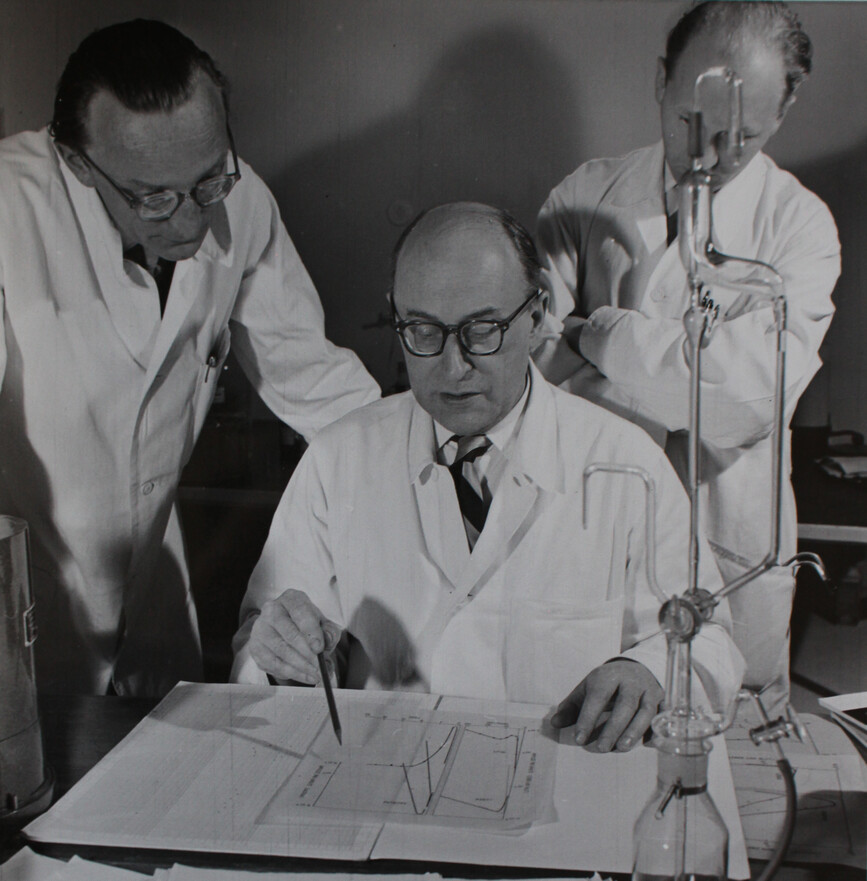Visual Representations and Migrating Materialities of War and Genocide since 1945
Nuclear Research in Medicine after the Second World War

How has nuclear medicine developed as a scientific field in Austria and worldwide? Which role did interdisciplinary and international cooperation play?
The Institute of Culture Studies and Theatre History of the Austrian Academy of Sciences cordially invites you to a two-day conference, organized in collaboration with the Commission for the History and the Philosophy of Sciences (ÖAW), the Medical University of Vienna (MUW), the Friedrich-Alexander-University Erlangen-Nuremberg (FAU), and the Austrian Society of Nuclear Medicine and Molecular Imaging (OGNMB).
Organizers: Johannes Mattes (IKT), Cécile Philippe (MUW), Maria Rentetzi (FAU)
Nuclear research in medicine relies on a high degree of interaction. While the production of radioisotopes and the development of medical devices are carried out by physicists and engineers, chemists and pharmacists take over the syntheses of radiopharmaceuticals, while physicians focus on their application. In the absence of handbooks, industrially available devices, and radioisotopes, early specialists were also dependent on multilateral exchanges. These were fostered by post-war agreements for the peaceful use of atomic energy and international organizations such as the IAEA and WHO.
Thus, the formation of nuclear medicine as discipline was the result of a global balancing and standardization process during the Cold War era. Its origins are traced in the first broad clinical applications of radioisotopes primarily in the United States and the United Kingdom just before the Second World War and continued with the worldwide dissemination of relevant knowledge and techniques that were mainly triggered by the United Nations international organizations. Nevertheless, in many countries, nuclear medicine did not get recognized as a medical specialty with separate residency training until the 1990s.
This symposium focuses on the emergence of nuclear medicine as an outcome of scientific collaboration and competition, boundary and interdisciplinary work, and encounters between various (inter)national stakeholders, as well as political, diplomatic, and scientific institutions. Contributions by eminent scholars from Canada, Europe and East Asia will explore the scientific, political, diplomatic and social dimensions of these interactions, the knowledge, resources and policies involved.
We would like to inform you that photographs and/or films may be taken in the course of this event.
These recordings may be used in various media (print, online) and in publications (print, online)
of the Austrian Academy of Sciences. Further information on data protection may be found under Link
